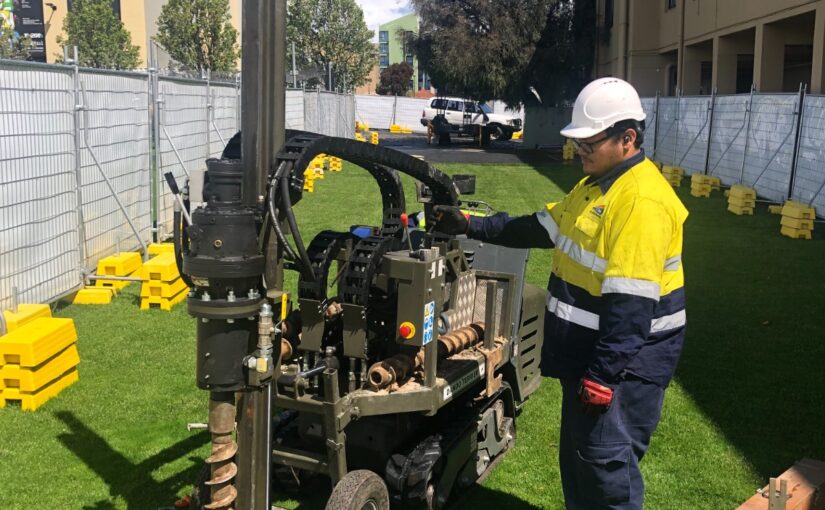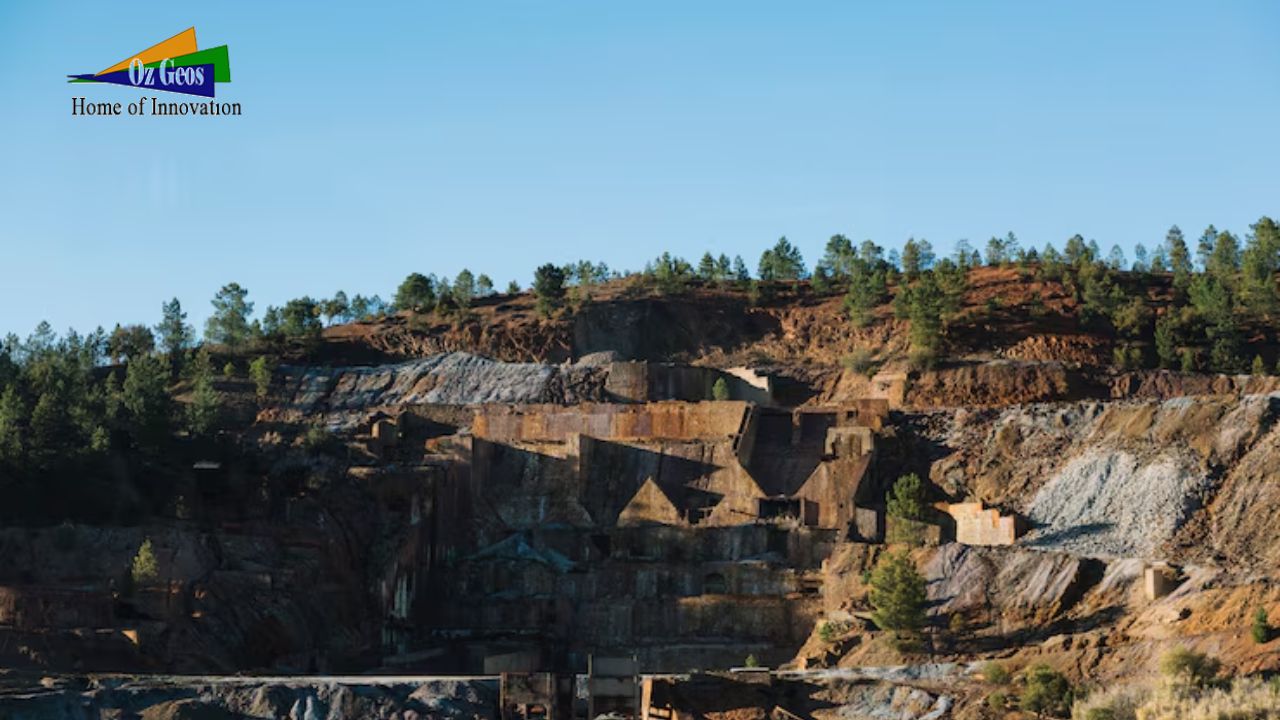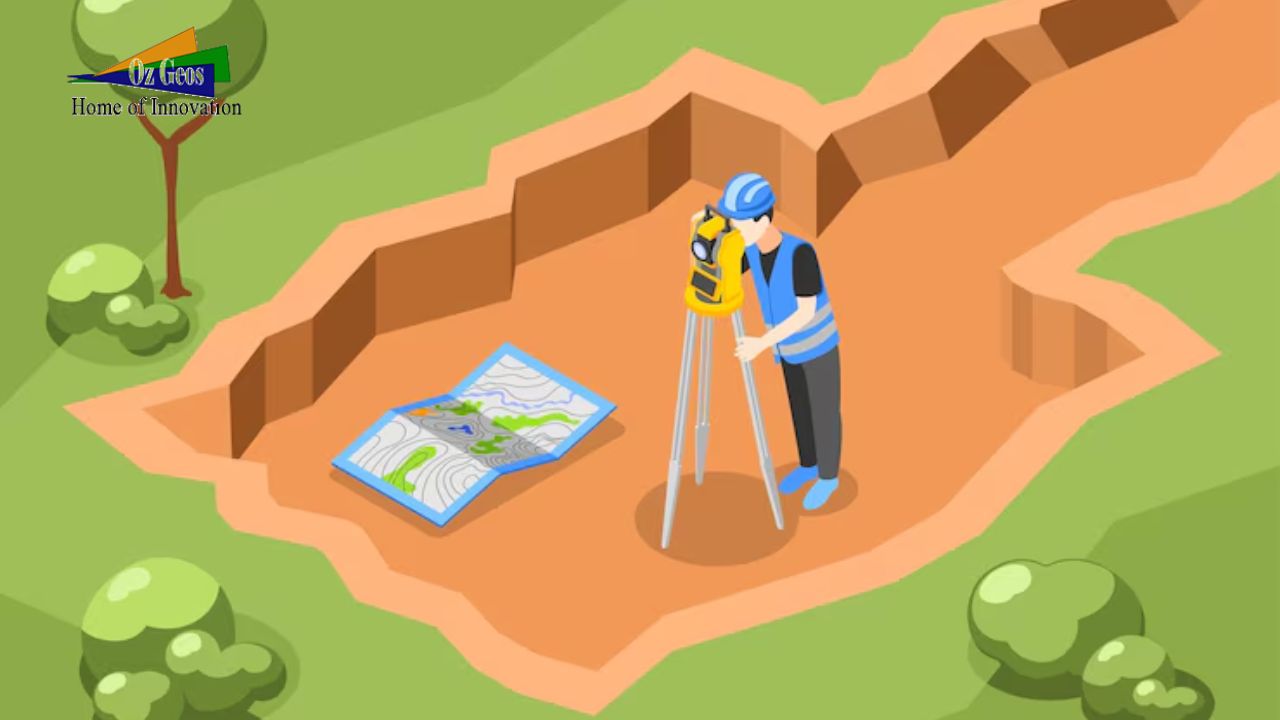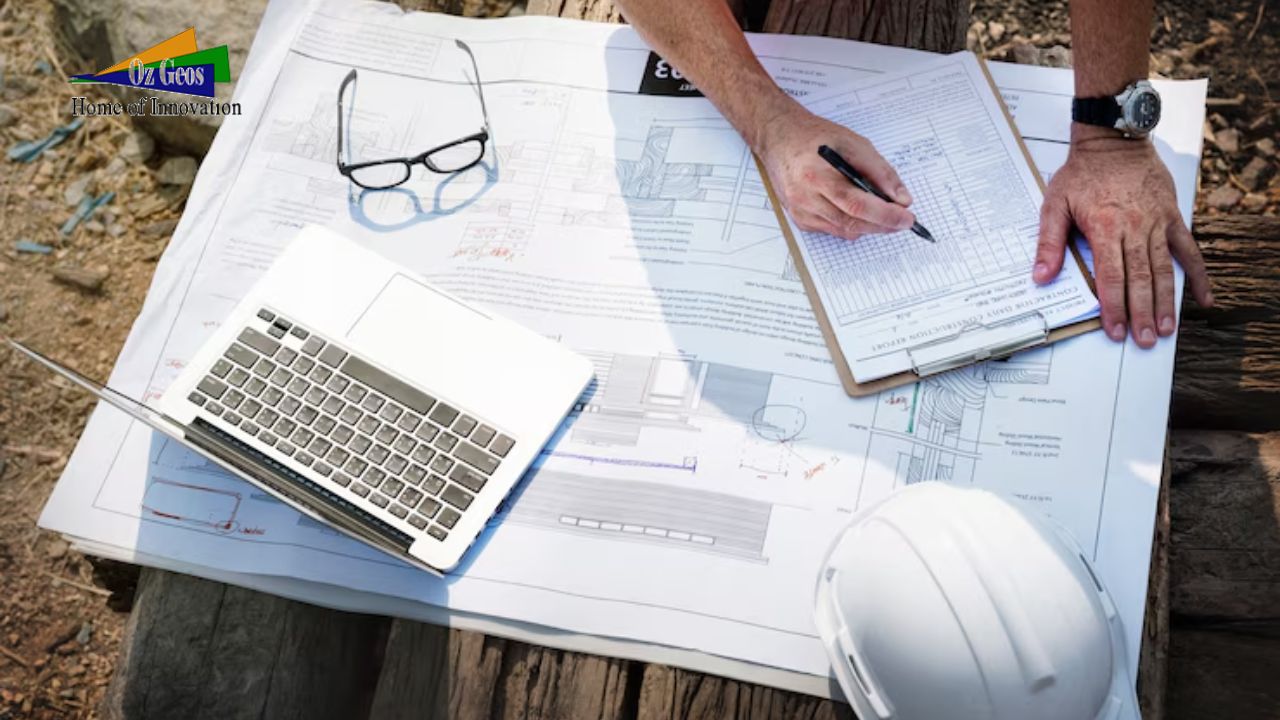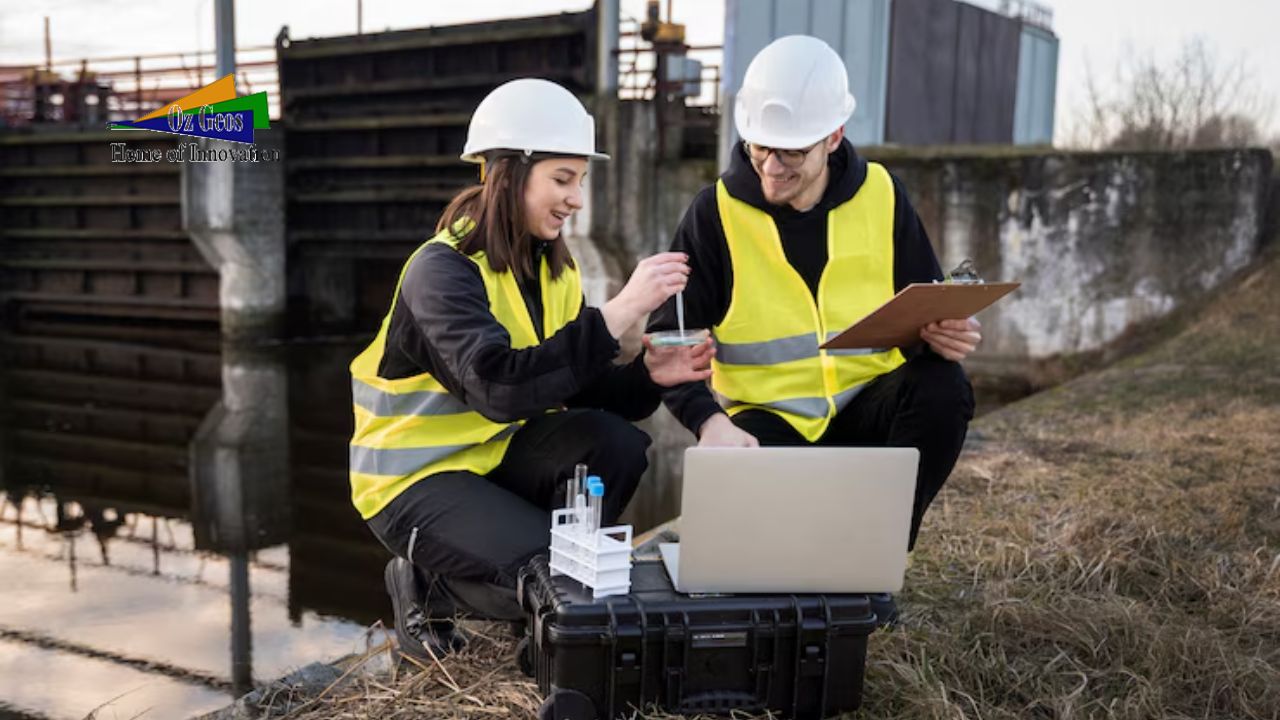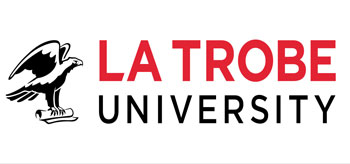The latest advances in geotechnical engineering technology
Geotechnical engineering, the branch of civil engineering that deals with the behavior of Earth materials, has witnessed remarkable advancements in recent years. These developments have not only improved our understanding of the earth beneath our feet but have also enhanced our ability to design, construct, and maintain infrastructure projects in a more efficient and sustainable manner. In this blog post, we will explore the latest advances in geotechnical engineering technology that are shaping the future of this field.
Advanced Site Characterization Techniques
Site characterization is a fundamental aspect of geotechnical engineering. Understanding the soil and rock properties at a construction site is crucial for designing safe and cost-effective foundations. Recent advancements in this area have revolutionized the way engineers gather data.
a. 3D Seismic Imaging: Traditional soil investigation methods are time-consuming and often limited in their accuracy. 3D seismic imaging, originally developed for oil and gas exploration, is now being adapted for geotechnical applications. This technology provides a detailed and real-time view of subsurface conditions, reducing the need for extensive drilling and sampling.
b. Ground-Penetrating Radar (GPR): GPR technology uses electromagnetic waves to map subsurface features, including soil types, voids, and buried objects. It offers a non-invasive and rapid way to collect data for site characterization, making it an invaluable tool for geotechnical engineers.
c. LIDAR and Drone Surveys: Light Detection and Ranging (LIDAR) combined with drone surveys enable engineers to create highly detailed topographical maps. This data aids in identifying potential hazards, assessing slope stability, and planning construction activities more accurately.
Improved Geotechnical Modeling
Advanced software and computational tools have transformed the way geotechnical engineers analyze and model soil behavior. These tools allow for more precise predictions and better-informed decisions.
a. Finite Element Analysis (FEA): FEA is now a standard practice in geotechnical engineering. It helps in simulating complex interactions between soils, structures, and foundations, providing insights into stress distribution, settlement, and deformation patterns.
b. Machine Learning and Artificial Intelligence: Machine learning algorithms are being employed to analyze vast datasets collected from geotechnical projects. These algorithms can identify patterns and optimize designs, leading to more efficient and cost-effective solutions.
Sustainable Geotechnical Solutions
Sustainability is a growing concern in all engineering disciplines, including geotechnical engineering. Recent innovations focus on minimizing the environmental impact of construction projects.
a. Geosynthetics and Soil Stabilization: Geosynthetic materials, such as geotextiles and geomembranes, are increasingly used for erosion control, soil reinforcement, and waste containment. These materials reduce the need for natural resources and improve the longevity of infrastructure.
b. Ground Improvement Techniques: Ground improvement methods, like soil compaction, grouting, and vibro-compaction, are used to enhance soil properties, reducing settlement and improving load-bearing capacity. These techniques reduce the need for extensive excavation and replacement of soil, making construction more sustainable.
Real-time Monitoring and Instrumentation
Monitoring the behavior of structures and soils during and after construction is critical for ensuring safety and performance. Recent developments in monitoring technologies provide engineers with real-time data to make informed decisions.
a. Remote Sensing and IoT Devices: Internet of Things (IoT) devices and remote sensing technologies allow engineers to monitor factors such as soil moisture, settlement, and structural strain continuously. This real-time data can trigger early warnings and help prevent catastrophic failures.
b. Inclinometers and Piezometers: These instruments measure ground movements and pore pressure within soils. They provide crucial information for assessing the stability of slopes, retaining walls, and embankments.
Foundation Technologies
Foundations are the backbone of any structure, and advancements in foundation technology are improving the efficiency and safety of construction projects.
a. Deep Foundation Techniques: Innovations in deep foundation technologies, such as drilled shafts and micropiles, have made it possible to support heavy structures in challenging soil conditions. These methods reduce the need for extensive excavation and minimize disruptions to the surrounding environment.
b. Offshore Foundations: As offshore wind farms and other marine structures become more prevalent, geotechnical engineers are developing specialized foundations, like suction caissons and monopiles, to support these structures in deep water.
Climate Change Adaptation
Climate change is impacting geotechnical engineering by altering precipitation patterns, sea levels, and soil properties. Engineers are developing strategies to adapt to these changes.
a. Coastal Protection: Rising sea levels and increased storm intensity are threatening coastal infrastructure. Geotechnical solutions, such as beach nourishment, dune restoration, and offshore breakwaters, help protect shorelines from erosion and flooding.
b. Flood Resilience: Geotechnical engineers are designing flood-resistant foundations and levees to withstand increased flood risk. These structures are essential for protecting communities and critical infrastructure.
Conclusion
The field of geotechnical engineering is evolving rapidly, driven by technological advancements and the growing demand for sustainable and resilient infrastructure. From advanced site characterization techniques to real-time monitoring and innovative foundation solutions, these developments are shaping the future of the industry. As we face new challenges, such as climate change and urbanization, geotechnical engineers will continue to play a crucial role in ensuring the safety and sustainability of our built environment. By embracing these cutting-edge technologies, they are poised to create a brighter and more resilient future for us all.

